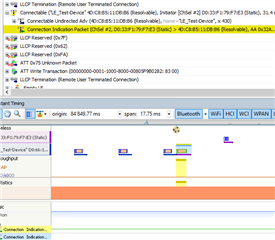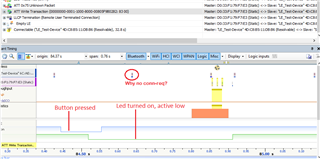Hi all.
I have written an application using a softdevice and I want to analyse an interesing behavior I don't understand at the moment.
So I want to record a trace/log of the used HCI commands to see what's going on on deeper levels.
Is this possible?
Thanks in advance
Cheers Michael




